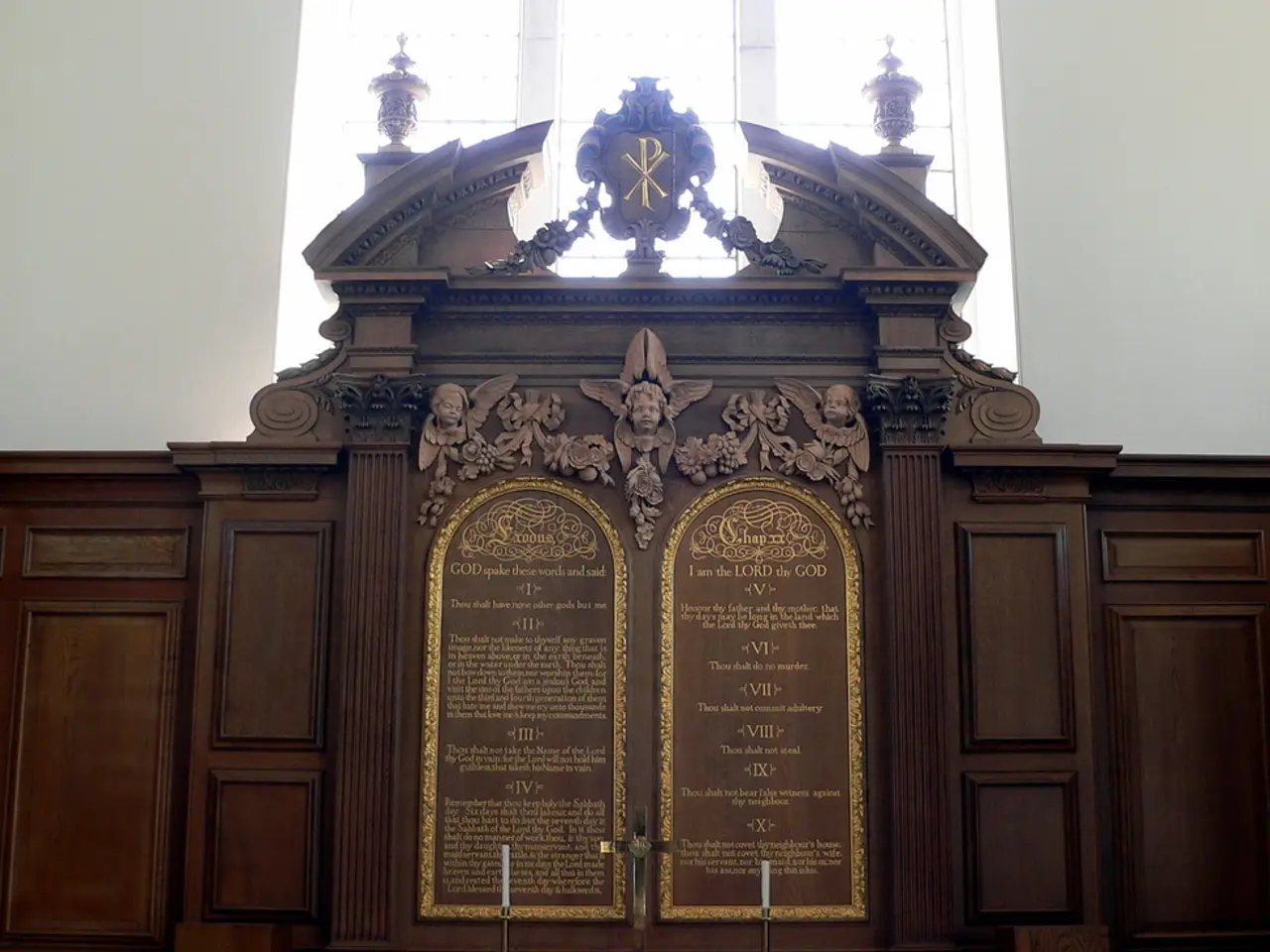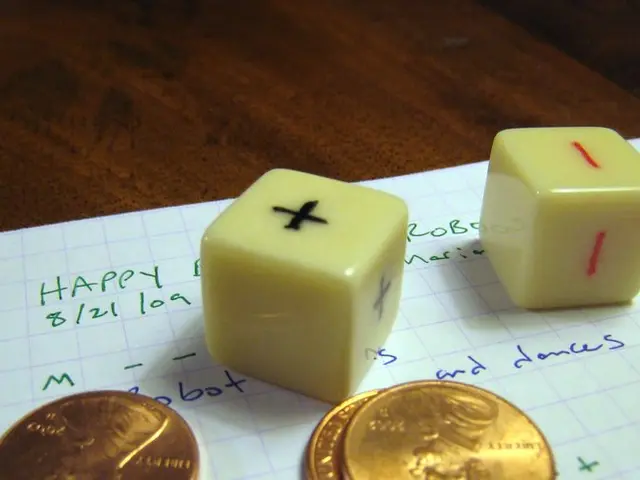Museum Artifacts Suspected to be Stolen During Nazi Era in Oldenburg
In a shocking revelation made on Wednesday, investigations suggest that seven metal objects purchased by the State Museum of Nature and Man in Oldenburg in 1983 could be Nazi loot.
The metal objects, which include fibulae, a statuette, and other metal objects, were initially believed to be Roman finds from Bentumersiel, a significant archaeological site in Lower Saxony known for its military and luxury goods finds. However, recent investigations have revealed that their time period and composition are unusual for this site, leading experts to question their authenticity and suggesting they might be Nazi looted art rather than genuine finds from Bentumersiel.
The metal objects were purchased from a collector, and the purchase documents suggest that they originated from Arnhem in the Netherlands. This raises concerns as the Wehrmacht units are documented to have plundered empty houses during the Battle of the Rhine Bridge at Arnhem, including the seizure of cultural property.
Collaborative research by the museum, the Leibniz Centre for Archaeology in Mainz, and the Fries Museum in Leeuwarden has uncovered a controversial provenance for these objects. Archaeologist Annette Siegmueller from the State Museum states that the evidence indicates that the objects are looted goods.
Interestingly, the collection of Arnhem photographer Adam Jacobus Hieronimus Van der Toorn, from whom the objects might have originated, is mainly held by the Fries Museum Leeuwarden and the Museum Arnhem. The heirs of Van der Toorn bequeathed his collection to Dutch museums.
The purchased metal objects were previously considered Roman finds from Bentumersiel for decades. Bentumersiel, a district of Leer, has been a significant archaeological site on the Ems, and the misclassification of these objects has been a point of contention.
The discovery of the controversial provenance of these metal objects serves as a reminder of the need for continued research and vigilance in the field of archaeology and cultural heritage preservation. As more information comes to light, the State Museum of Nature and Man in Oldenburg, along with other involved parties, will undoubtedly take steps to address this issue and ensure the proper handling and preservation of these objects.







